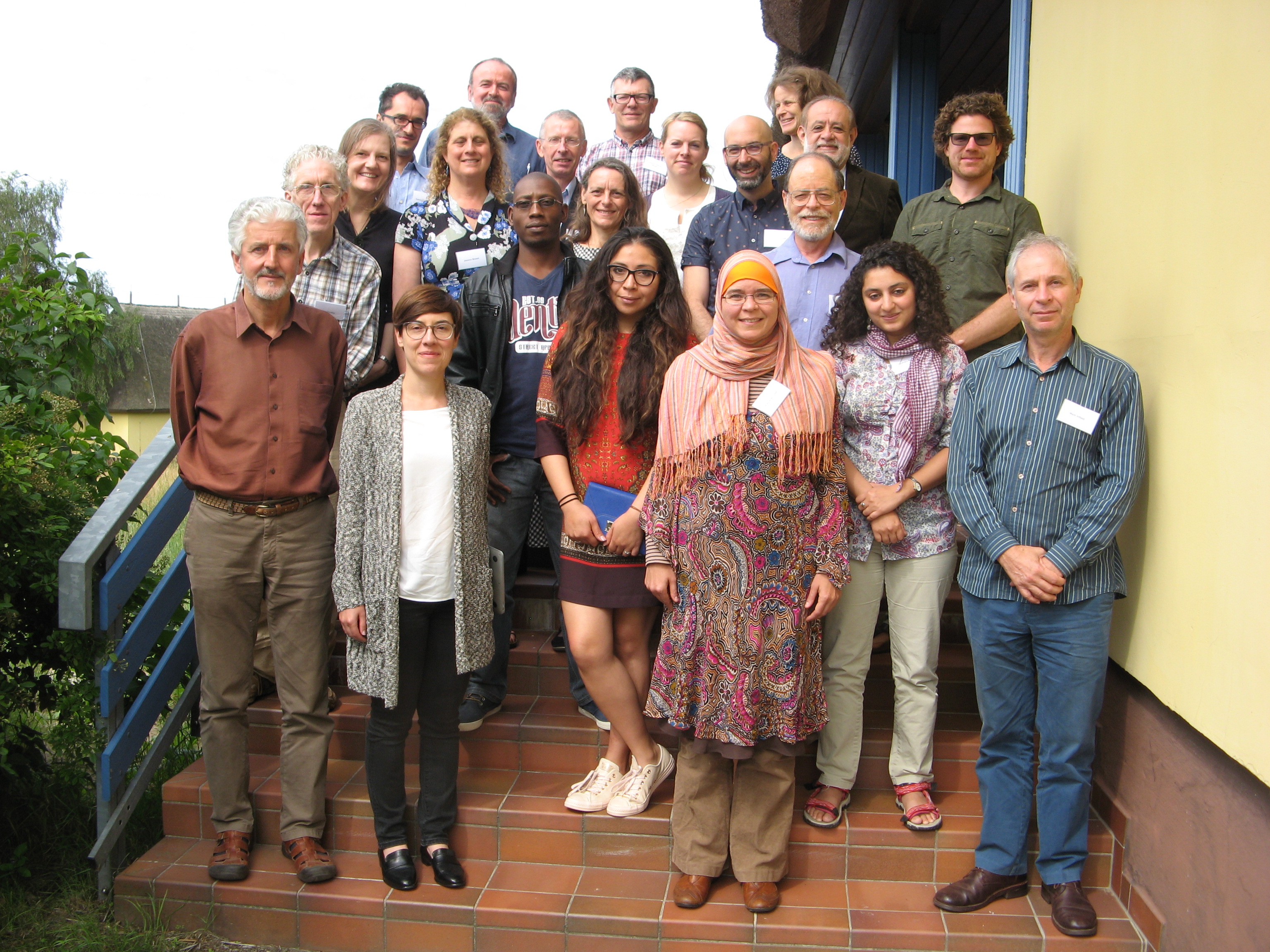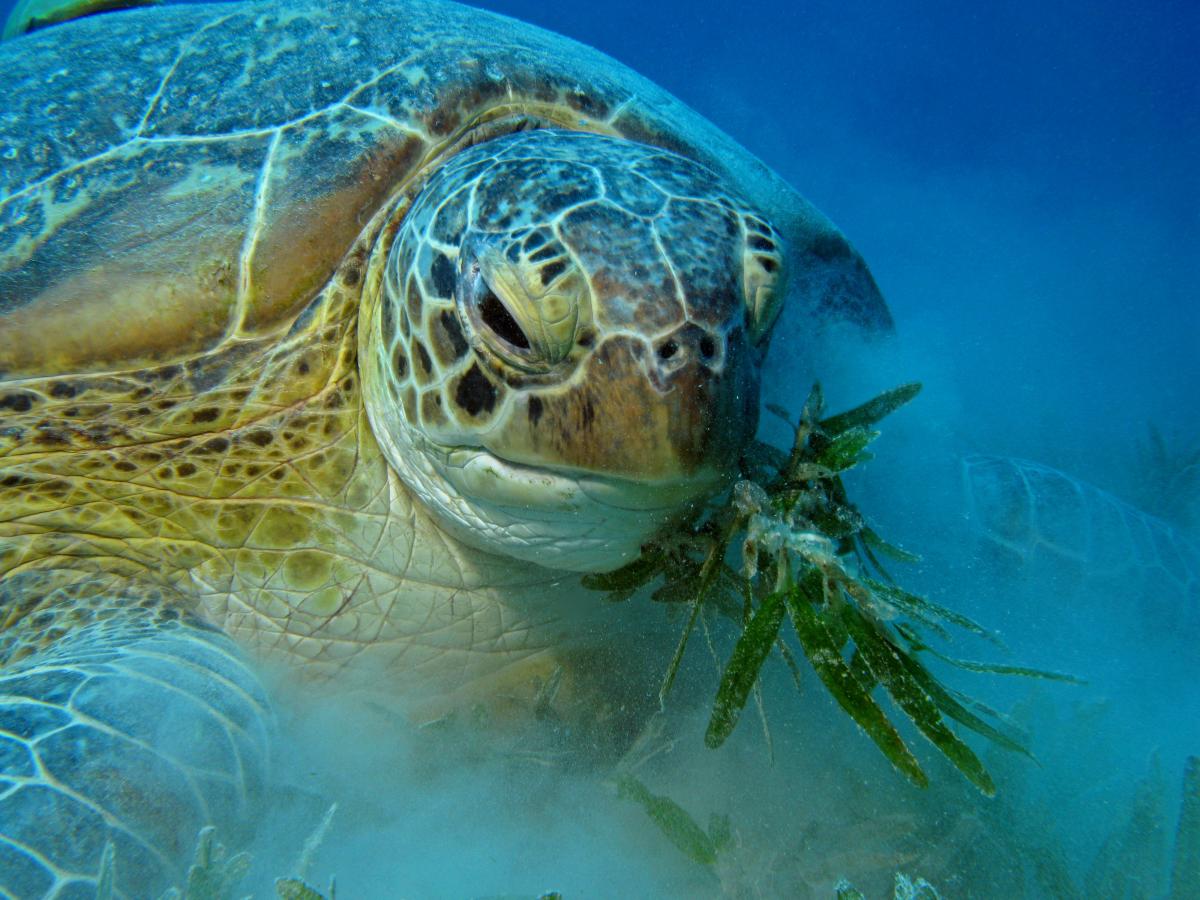Cultural and Spiritual Significance of Nature Key to Protected Area Governance and Management
Cultural and spiritual bonds with nature are among the strongest personal drives and motivators for nature conservation yet they are not often taken into account in the governance and management of protected areas.

Photo: Ed Bernbaum
From 4 to 7 July 2016, a group of internationally recognised conservation and heritage experts discussed how the cultural and spiritual significance of nature should be integrated and strengthened in protected areas and World Heritage sites across the world. Their aim: developing Best Practice Guidelines for those working in the governance and management of protected and conserved areas. The guidelines will be part of the International Union for the Conservation of Nature (IUCN) world leading series of Best Practice Guidleines.
Led by the IUCN World Commission on Protected Areas Specialist Group on Cultural and Spiritual Values of Protected Areas (CSVPA) the first steps towards the IUCN Best Practice Guidelines were made, their scope, aim and structure were explored, case studies are now being collected and a roadmap for their further development is being drawn up. A wide participatory process has now started to gather inputs from around the world, representing the diversity of protected and conserved areas, as well as the diversity of cultures and spiritualities, secular as well as religious.
“We have to include cultural, spiritual, aesthetic, and historical importance that nature has for people in in nearly all societies, from traditional to modern,” says Edwin Bernbaum, Co-Chair of the CSVPA. Hence developing Best Practice Guidelines on the matter is a task not taken lightly but is something deemed necessary for creating positive synergies and broader support for protected and conserved areas worldwide.
The managers, planners and decision makers working on protected areas should be able to take up guidance and follow examples of best practice from around the world contained in the future guidelines. “If we don't do this we run the risk that we jeopardize the governance and management of protected areas because we almost certainly loose the support of many indigenous people, religious groups and even a large parts of the general public” according to Bas Verschuuren, Co-Chair of CSVPA. “We therefore ask those that have valuable experiences, case studies or guidelines to share to contact us” Verschuuren continues.
Key recommendations of the workshop include:
- All stakeholders should recognise that the diversity of experiences, values and beliefs on the cultural and spiritual significance of nature can support reaching better nature conservation outcomes.
- Local outlooks and expertise on the cultural and spiritual significance of nature needs stronger recognition and respect of all stakeholders involved, from local to the international level.
- Integrated holistic approaches to nature and culture should serve the integration of cultural and spiritual significance of nature in the governance and management of protected and conserved areas.
The workshop took place at the International Nature Conservation Academy on the Isle of Vilm, Germany, and was organised in collaboration with the German Federal Agency for Nature Conservation. Vilm Island proved an ideal location for the workshop as its remote setting and rugged beauty allowed the participants to fully experience and connect with nature.




